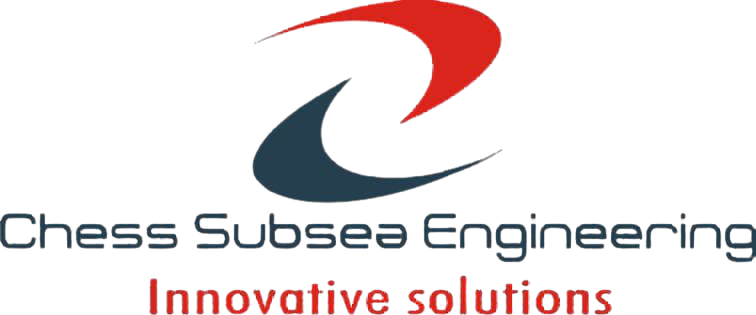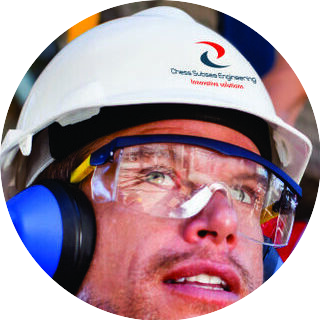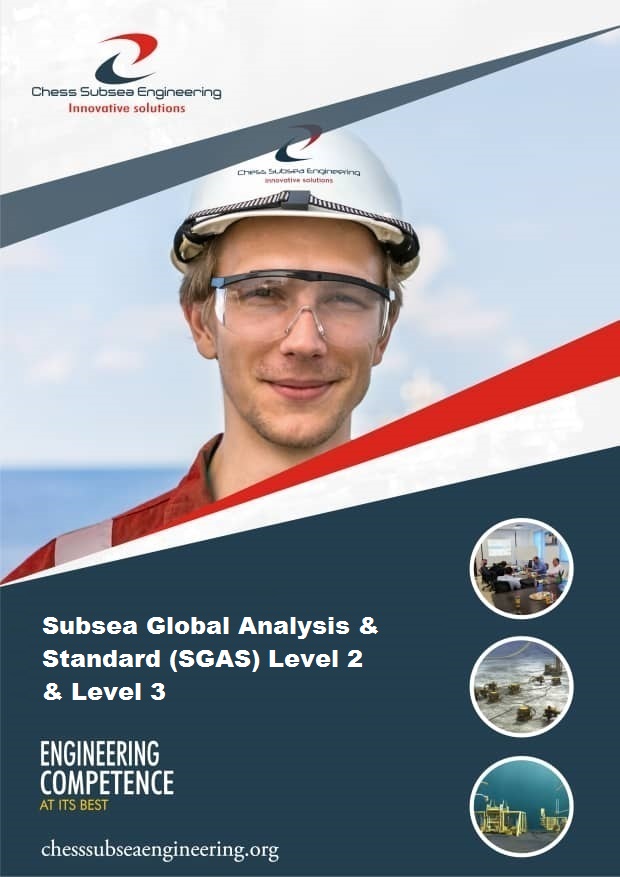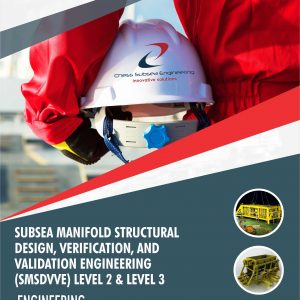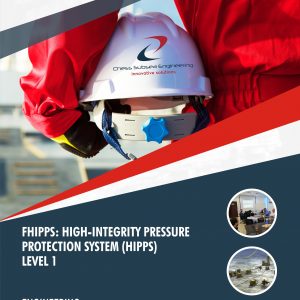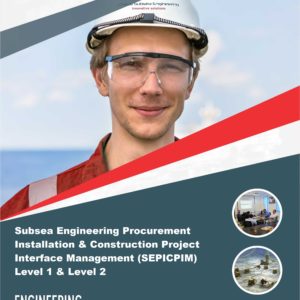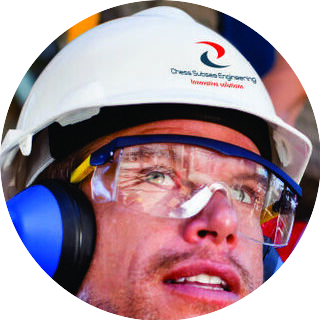Description
Subsea global analysis and standards involve the evaluation of offshore subsea structures and systems, and the development and implementation of industry standards to ensure their safety, reliability, and performance.
Subsea structures and systems include subsea pipelines, wellheads, manifolds, and other equipment used for oil and gas exploration and production. These structures and systems are subjected to extreme environmental conditions, including high pressures, low temperatures, and corrosive environments, which can lead to fatigue and failure if not properly designed and maintained.
Global analysis involves the use of advanced computational methods and simulation tools to analyze the structural integrity and behavior of subsea structures and systems under various operating conditions, such as extreme loads and environmental factors. This analysis helps identify potential areas of weakness and allows for optimization of the design to ensure safe and reliable operation.
The development and implementation of industry standards is essential to ensure that subsea structures and systems are designed, installed, and maintained to the highest levels of safety and reliability. Standards are developed by industry organizations, such as the American Petroleum Institute (API) and the International Organization for Standardization (ISO), and are used by engineers, contractors, and operators to ensure that subsea structures and systems meet the required standards for design, construction, and operation.
Subsea Global Analysis & Standard (SGAS) Level 1 to Level 3 covers Concepts/Theories of Riser Systems, Typical Layouts and Configurations of Risers, Riser System Floaters and Platforms, Riser Analyses and Methodology, Design Codes and Standards for Risers, General Environmental Loads, Current and Wave Theory, Current and Wave Loading, Vessel Motions, Meteocean Data, General Riser System FEA, Static FEA Concepts, Time Domain Analysis, Riser System Wave Modeling Considerations, Floater Motions Design Considerations, Representation of Floater Motions in Riser Analyses, Vessel Offsets, Wave Frequency Motions Response Amplitude Operators (RAO) and more.
Outlines
Introduction to Riser Systems
Concepts/Theories of Riser Systems
Typical Layouts and Configurations of Risers
Riser System Floaters and Platforms
Riser Analyses and Methodology
Design Codes and Standards for Risers
General Environmental Loads
Current and Wave Theory
Current and Wave Loading
Vessel Motions
Meteocean Data
Introduction to Finite Element Analysis (FEA)
General Riser System FEA
Static FEA Concepts
Time Domain Analysis
Riser System Wave Modeling Considerations
Riser System Hydrodynamics
Floater Motions Design Considerations
Representation of Floater Motions in Riser Analyses
Vessel Offsets
Wave Frequency Motions Response Amplitude Operators (RAO)
Assessment
Participant underpinning knowledge of Subsea Global Analysis & Standard will be accessed with short answer multiple-choice questionnaire and real time SURFs layers design and verification case studies at the conclusion of the course.
Outcome
Participants will gain an in debt understanding of Subsea Global Analysis & Standard. They will also be able to function with minimum supervision as a Subsea SURFs Engineer for IOCs, subsea pipeline company contractor, vendor or installation company.
Professional Certificate
Issued directly by Chess Subsea Engineering Europe.
Participant may be presented for Offshore Petroleum Training Organization (OPITO) Certification.
How to Register
Click here to download registeration booklet on msword and email completed booklet to info@chesssubseaengineering.org directly.
